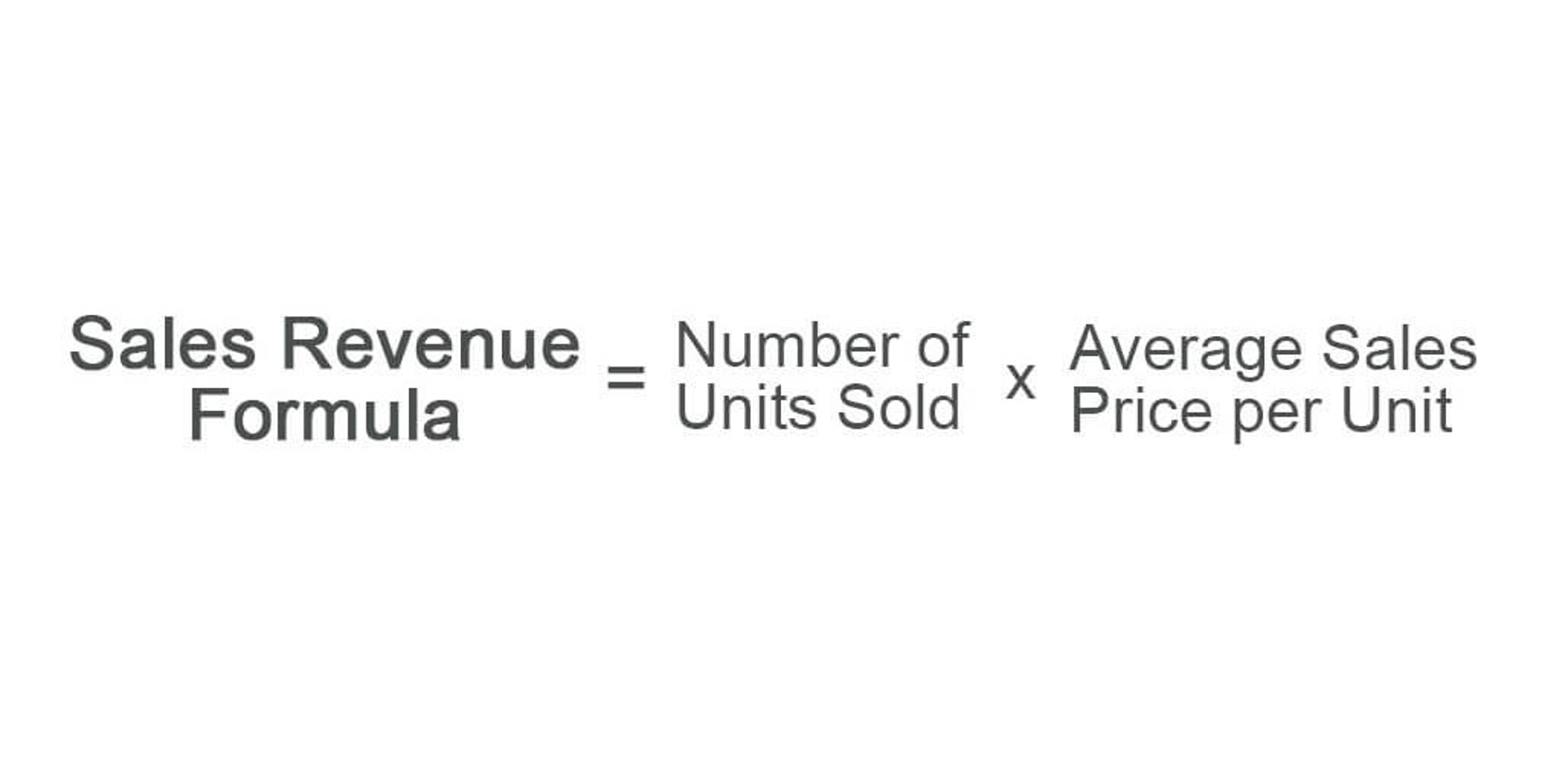
The American Institute of Certified Public Accountants reports that approximately 98% of all companies choose the indirect method of cash flows. The income statement for Home Store, Inc., shows $24,000 in depreciation expense for the year. For Propensity Company, beginning with net income of $4,340, andreflecting adjustments of $9,500, delivers a net cash flow fromoperating activities of $13,840. You can get a better reflection of the actual cash earned and spent by the business using operating cash flow and capital expenditures.
- Net profit, on the other hand, represents the remaining profit after deducting all expenses, including COGS, operating expenses, taxes, and interest.
- Virtual’s comparative balance sheet and income statement are provided as a base for the preparation of the statement of cash flows.
- Taken together, they summarize the firm’s financial position with regard to cash.
- The additional information provided for 2012 indicates there were no sales of long-term investments during the year.
- He asked Linda to investigate and wanted to know how much cash was generated from daily operations during the year.
Now, let’s take a look at the break up of the major items individually and see why they get added (or subtracted) from Net Income. Even though the Format above includes all the aspects that can impact the Cash Flow from Operations using the Indirect Method – you will only apply what is relevant to the company you are analyzing. As we have seen from our financial model example above, it shows all the historical cash flow statement format indirect method data in a blue font, while the forecasted data appears in a black font. The table below serves as a general guideline as to where to find historical data to hardcode for the line items. If cash INCREASES, then it is a cash inflow and the number will be positive with no brackets as shown in the statement above. Specifics about each of these three transactions are provided inthe following sections.
Explaining Changes in Cash Balance
(Figure)Use the following information from Coconut Company’s financial statements to prepare the operating activities section of the statement of cash flows (indirect method) for the year 2018. (Figure)Use the following information from Berlin Company’s financial statements to prepare the operating activities section of the statement of cash flows (indirect method) for the year 2018. First, gains and losses relate to long-term assets, which fall under investing activities, not operating activities. In this section, we use the example of Virtual Co. to work through the entire process of preparing the company’s statement of cash flows using the indirect method.

Decreases in current liabilities indicate a decrease in cashrelating to (1) accrued expenses, or (2) deferred revenues. In thefirst instance, cash would have been expended to accomplish adecrease in liabilities arising from accrued expenses, yet thesecash payments would not be reflected in the net income on theincome statement. In the second instance, a decrease in deferredrevenue means that some revenue would have been reported on theincome statement that was collected in a previous period. Toreconcile net income to cash flow from operating activities,subtract decreases in currentliabilities.
Direct cash flow method vs. indirect cash flow method
In the accounting world, there are two ways to draft the cash flow statement; the indirect method and the direct method. The indirect method of preparing a statement of cash flows is a technique that begins with the net profit from the income statement, which is then adjusted for non-cash items such as depreciation. The indirect method is based on accrual accounting and is generally the best technique since most businesses use accrual accounting in their bookkeeping. The additional information provided for 2012 indicates the company issued common stock for $4,000 cash. This is reflected in the financing activities section of the statement of cash flows as $4,000 increase in cash. Propensity Company had an increase in the current operating liability for salaries payable, in the amount of $400.

